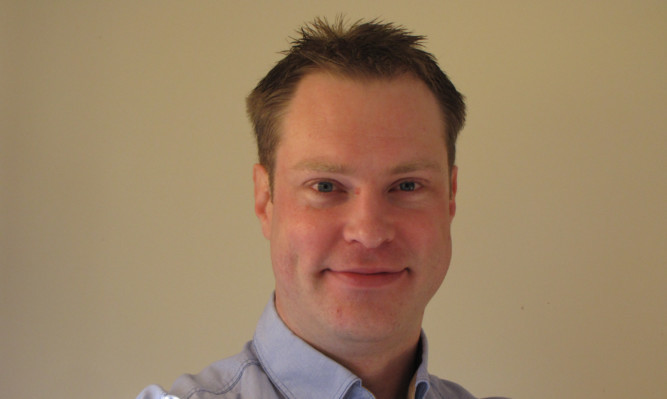Alchemists at St Andrews University have changed gold, meaning a glittering future for computers.
In “groundbreaking” study, a team of researchers led by scientists at the Fife institution have managed to magnetise gold in a process which could lead to a new generation of electronics and make computers smaller, faster and more powerful.
They looked at what happened when a thin layer of a superconductor was sandwiched between a layer of magnetic material and a layer of gold.
What they discovered was that the gold, under certain conditions, became magnetic.
That ability to generate and manipulate magnetic currents has the potential to aid new types of electronic devices in the future.
Experiments involved a team of collaborators, including Professor Steve Lee from St Andrews and colleagues from the universities of Bath, Leeds and London, the ISIS facility and Paul Scherrer Institute in Switzerland.
Dr Machiel Flokstra, of St Andrews school of physics and astronomy, explained superconductors can carry electricity without generating heat.
Each electron is like a tiny magnet spinning about their own axes.
But in the new devices, the electrons can be separated into two currents moving in opposite directions.
Generating spin currents is the basis of the field of spintronics.
“In conventional electronics only electrical charges can be manipulated, but it is hoped in the field of spintronics that electron spins can also be controlled, leading to novel advanced electronic devices,” he said.
Professor Simon Bending, from Bath University, said: “This is a really groundbreaking piece of research…”
